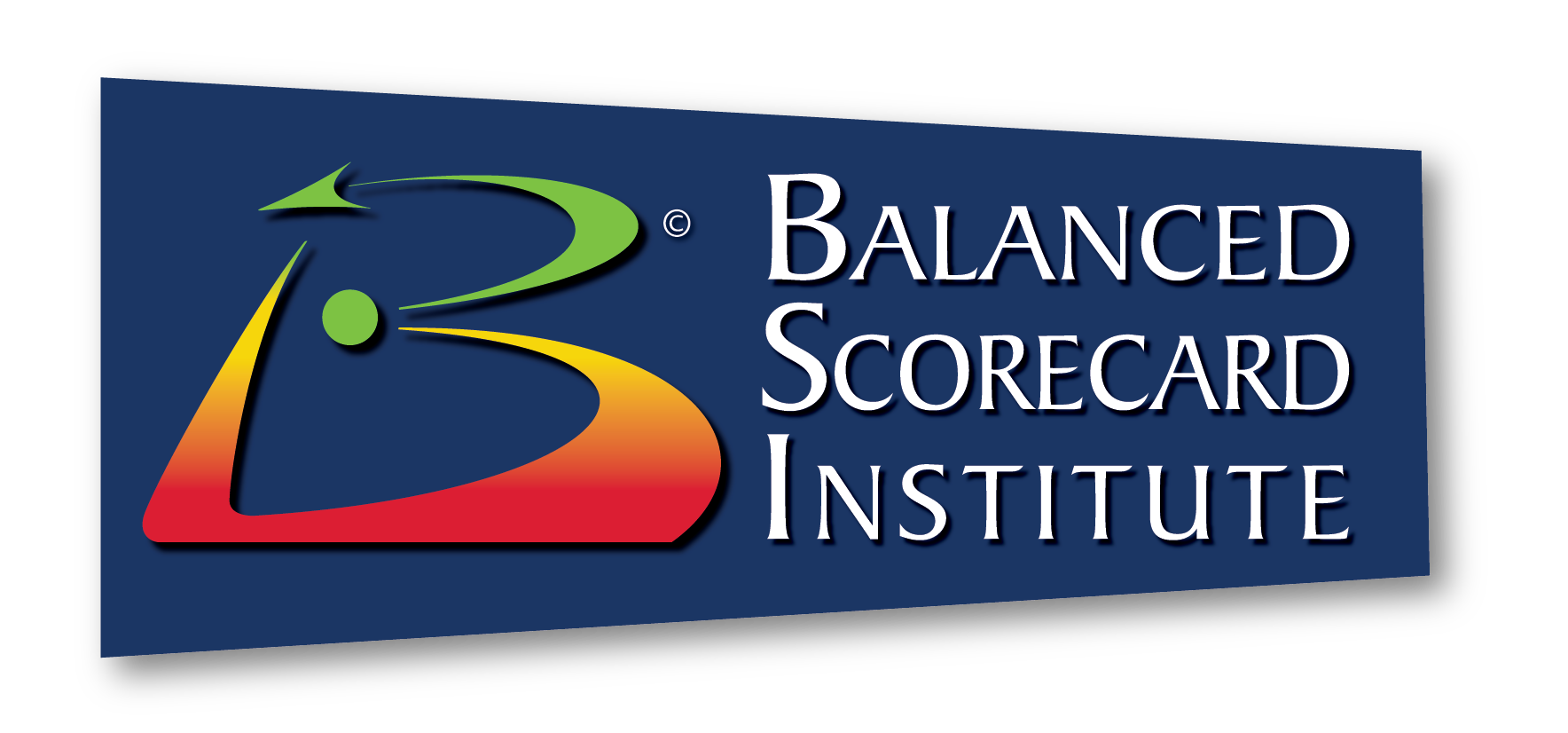Many of our clients do an excellent job creating their strategic plan only to run into significant challenges on the strategy execution side, often due to cultural challenges. Culture, defined as the shared values, beliefs, norms, and behaviors that define how people within an organization interact with one another, plays a pivotal role in the success of any organizational strategy. An organization with a strong and aligned culture will not only embrace the actionable components of a well-designed strategy, but will enthusiastically implement the measures and initiatives to ensure its success. When a strong organizational culture is present, members of that organization are much more likely to exhibit shared values and desired behaviors that support strategy resulting in a shared sense of purpose and accountability.
So how does an organization establish a strong culture? We have found addressing the following five elements to be essential in building a strong strategy execution culture.
Element 1: Alignment of Values & Strategy
One of the most significant impacts organizational culture has on strategy execution is in the area of alignment of values. If a company’s strategy is compatible with its culture, a powerful coalition is generally found that can propel the performance aspects of an organization forward. Imagine, for example, a strategy focused on innovation and agility in a culture that highly values creativity and experimentation. In this type of environment, employees are much more likely to embrace, contribute to, and execute strategic objectives enthusiastically.
On the flip side, when a disconnect between culture and strategy occurs, execution quickly becomes an uphill battle with less than optimal results. Organizational cultures, for example, rooted deeply in bureaucracy and risk-aversion, will generally foster an environment of resistance and pushback, especially when attempting to implement a strategy that requires rapid-decision making.
Element 2: Leadership
Leadership has a significant impact when it comes to shaping an organization’s culture. Effective and experienced leaders understand culture is not something that can be imposed from the top down. Rather, it is a process that must be nurtured over time, in order to morph into a desired culture where individuals are content, motivated, empowered and committed. These types of desired behaviors must be modeled by the organization’s leaders and actively promoted throughout the organization. If leadership fails to do this, the cultural aspects of an organization will develop on their own and it may be a far cry from what is necessary for an organization to succeed.
When leaders put forth the required effort to align with the culture and its strategy, a sense of purpose and direction permeate an organization and can often lead to the development of a high-performance culture where the successful execution of strategy is much more likely. Employees look to leaders for guidance and inspiration, as well as purpose. When leaders are observed demonstrating the cultural values of the organization, it reinforces the connection between strategy and execution.
Element 3: Employee Engagement and Motivation
Another critical aspect of culture’s impact on strategy execution is its influence on employee engagement and motivation. While leadership greatly influences this area, other factors also weigh in. It is about mutual respect and creating an organizational environment characterized by a sense of belonging and purpose. It is a positive and inclusive culture where employees feel valued, heard, and respected. When these things are present in a culture, employees are much more likely to be fully engaged in their work and committed towards organizational goals.
Not only are engaged employees more productive, but the are the ones generally willing to put forth that extra effort; to go the extra mile to ensure organizational success. They have a positive self-im
Element 4: Adaptability & Change
Today’s fast-paced business environment is constantly causing disruptions and change. Technology, for example, is impacting every organization as Artificial Intelligence (AI) continues to evolve at lightning speed. The necessity to be able to adapt and make positive change in light of these disruptions is critical for long-term organizational survival. Organizational culture greatly impacts how well an organization is able to navigate through these changes. Cultures that encourage learning, experimentation, and resilience are much better positioned to handle these types of disruptions and leverage them to their advantage.
Cultures resistant to change, or those that are overly complacent can become a major hurdle to being able to successfully execute organizational strategy. In these types of organizations, we often see employees who are accustomed to a rigid and unchanging environment struggle greatly with new processes or technologies necessary for the organization to achieve. This results in poor execution and hinders the successful implementation and success of an organizational strategy.
Element 5: Risk-Taking and Innovation
In today’s competitive markets, organizations must focus on staying competitive and innovative. In order to do this, its culture must be one that supports risk-taking and innovation. A culture than provides encouragement to its employees to explore new ideas, take calculated risks, and learn from failures can be a powerful driver of strategy execution. Not only are employees engaged, but that are challenged to be creative problem solvers, resulting in a culture where continuous improvement is the norm.
Organizational culture is not a side note in the process of strategy execution; it is a central player capable of making or breaking the successful implementation of strategic initiatives critical to the success of the organization’s strategy. Developing a keen understanding of the cultural impact on strategy is not only crucial, but actionable. Leaders who recognize the interplay between culture and strategy can effectively shape and align both to drive their organization forward towards its desired outcomes.
Summary
It is vital to examine your culture and strategy from a holistic point of view. Regardless of what framework you might have utilized to develop your strategy, it is essential that cultural considerations be considered and embedded. Performance is more than just numbers and metrics. It involves the people who drive the execution of your strategies and how their beliefs and behaviors can either propel or impeded progress.
The importance of harmony and alignment in achieving goals cannot be overstated. Just as a well-orchestrated song requires every instrument to be in tune and in perfect timing, so too does a successful strategy require every element, including its culture to also be in harmony and in synch. It is in this end that the harmonious blend of strategy, culture, and the passion by its people in these cultures are able to achieve that pinnacle of success, or in this example, the ability to create the sweetest melodies of success in today’s business environment.
Do you need help with your culture? Are you interested in learning more about how to be successful in strategy execution? Consider attending our strategy execution course. For more information: https://strategymanage.com/practical-strategy-execution-certification/
Terry is Balanced Scorecard Institute's Director of Training and Senior Associate with over 30 years of experience working in both the private and public sectors.


